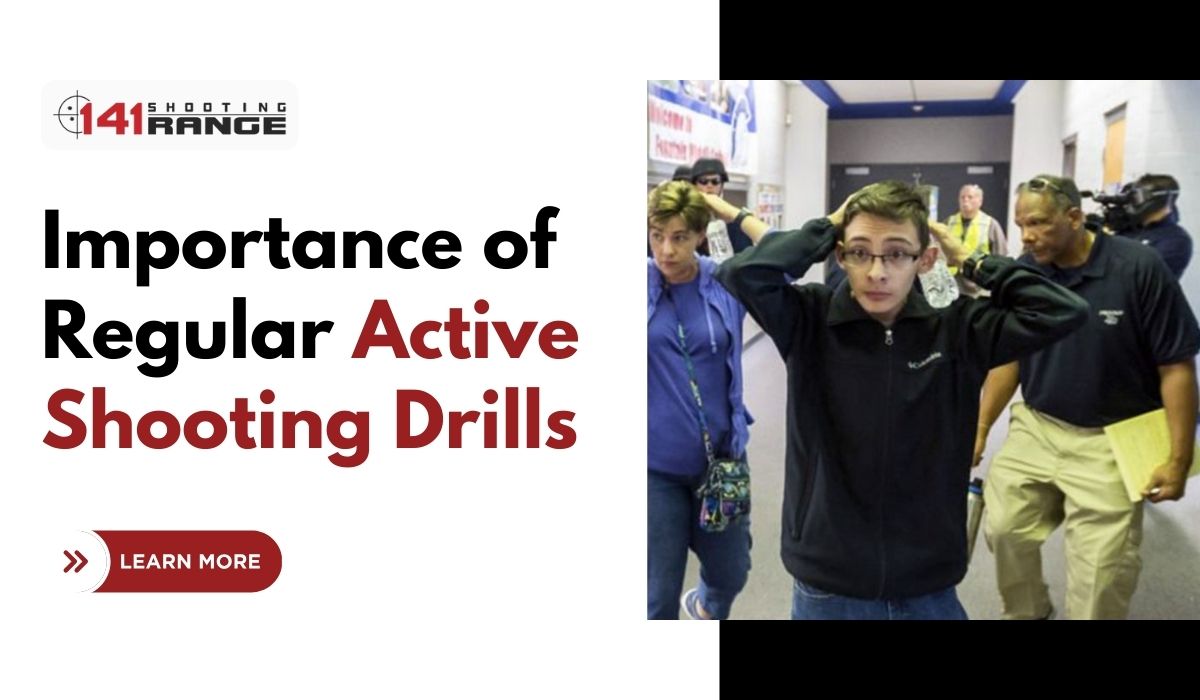Automated external defibrillators (AEDs) play a crucial role in lifesaving interventions. It is a fact that every second counts during a cardiac emergency.
Auto-ejection defibrillators (AEDs) are technical wonders that everyone, even onlookers and medical personnel, may use in an emergency. When it comes to surviving a cardiac arrest, these portable gadgets are more than just tools; they are crucial.
As a breakthrough confluence of technology and rapid action, automated external defibrillators (AEDs) work in conjunction with cardiopulmonary resuscitation (CPR). With each calculated shock, these devices turn ordinary people into first responders, closing the gap between life and death.
significance of AED use in CPR
Technological Lifesaver:
An AED can provide immediate help in an emergency because of its user-friendly design. The use of an AED requires proper training. In just a few hours, individuals can learn CPR and AED usage, gaining the knowledge and skills to use an AED confidently.
Chain of Survival Enhancement:
Defibrillators play a crucial role in establishing the Chain of Survival, contributing to early defibrillation. A successful Chain of Survival requires early defibrillation as it increases the chances of survival. AEDs provide a shock to restore the heart’s rhythm and buy time for advanced medical care.
Critical link between AEDs and ventricular fibrillation:
The effectiveness of AEDs in treating ventricular fibrillation, a common life-threatening arrhythmia, is discussed. In conjunction with an AED, CPR helps circulate oxygenated blood to vital organs and maintains brain function until the AED restores heart rhythm. CPR and AED provide immediate assistance and buy time for advanced medical treatment in cardiac emergencies.
Safety Net for the Community:
Bystanders can become immediate responders with the increasing trend of placing AEDs in public spaces. Public AEDs increase survival chances in cardiac emergencies. Bystanders can provide immediate medical attention before professional help arrives, thanks to the accessibility and availability of AEDs. Lifesaving interventions like CPR and early defibrillation are possible in the community with this safety net.
Bridging the Training Gap for User-Friendly Operation:
Bridging the gap in emergency response capabilities by simplifying AED operation, making it accessible to those without extensive medical training. AEDs are user-friendly, making them accessible to those without extensive medical training. From turning on the device to attaching electrode pads to delivering shocks, clear voice instructions and visual prompts guide the user. Everyone can use an AED with confidence.
Combining CPR with integration:
By addressing both aspects of cardiac arrest – circulation and defibrillation – the combination of AEDs and CPR maximizes the chances of survival. Cardiopulmonary resuscitation and defibrillation are crucial in cardiac arrest situations. CPR circulates oxygenated blood to vital organs and helps maintain brain function, while AEDs restore heart rhythm. Resuscitating a patient with these two interventions increases its chances of success.
Bridging the Training Gap for User-Friendly Operation:
Bridging the gap in emergency response capabilities by simplifying AED operation, making it accessible to those without extensive medical training. AEDs are user-friendly, making them accessible to those without extensive medical training. From turning on the device to attaching electrode pads to delivering shocks, clear voice instructions and visual prompts guide the user. Everyone can use an AED with confidence.
Enhancing Occupational Safety with AEDs in the Workplace:
The benefits of having AEDs at work are enhancing workplace safety and providing employees with an emergency response tool. Emergency response tools such as AEDs in the workplace significantly enhance occupational safety. AEDs are vital in cardiac emergencies, enabling prompt defibrillation and increasing the chances of survival. Additionally, it demonstrates a commitment to health and safety for employees.
Empowering the masses through community training initiatives:
Incorporating AED training into community initiatives so individuals are familiar and confident with this technology. AED training programs that empower individuals are crucial to ensuring that they know and understand this lifesaving technology. Training initiatives increase community members’ chances of recognizing cardiac emergencies, performing CPR, and using AEDs effectively. It also creates a network of knowledge and capability to support each other in emergencies.
Enhancing Occupational Safety with AEDs in the Workplace:
The benefits of having AEDs at work are enhancing workplace safety and providing employees with an emergency response tool. Emergency response tools such as AEDs in the workplace significantly enhance occupational safety. AEDs are vital in cardiac emergencies, enabling prompt defibrillation and increasing the chances of survival. Additionally, it demonstrates a commitment to health and safety for employees.
Conclusion:
Finally, Cardiopulmonary resuscitation (CPR) is incomplete without Automated External Defibrillators (AEDs). In cases of sudden cardiac arrest, AEDs improve survival rates by rapidly restoring a normal heart rhythm. In cardiac crises, every second counts, and automated external defibrillators allow passers-by and medical experts to respond swiftly.
They help more people get the help they need when a cardiac event starts, and there is a long wait for expert medical help because of its automated functioning and user-friendly design.
In cardiac crises, AEDs can improve survival rates by bolstering community resilience. The availability and understanding of AEDs are crucial for saving lives and maintaining public health and safety. This will lead to a more effective reaction during sudden cardiac arrest.
Frequently Asked Questions:
When a cardiac arrest occurs, an automated external defibrillator (AED) will restore a normal heart rhythm within a matter of seconds, making it more likely that the patient will survive.
Bystanders can easily use AEDs regardless of their medical training. This makes them ideal for the general public to use.
As a joint intervention, AEDs and CPR work synergistically, addressing the electrical side of cardiac arrest, while CPR maintains blood circulation to make the intervention as effective as possible.
Providing AEDs in public spaces and empowering bystanders to act immediately if an individual experiences a cardiac emergency, AEDs create a safety net, ensuring that individuals experiencing cardiac emergencies have a greater chance of survival.
Without treatment, atrial fibrillation (VF) poses a significant risk of cardiac arrest and death. AEDs are used surgically for the treatment of VF.
AEDs feature clear instructions and prompts, making them easy to use even for people without training.
Yes, Workplaces should have AEDs because they enhance occupational safety and provide workers with a tool to respond to emergencies quickly.
Even though AEDs are user-friendly, training is essential to ensure greater confidence and proficiency, optimizing the likelihood that an emergency response will be successful.
Public places, schools, airports, and workplaces are increasingly placing AEDs strategically, which increases accessibility and makes communities safer.








